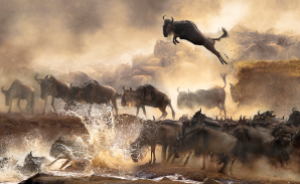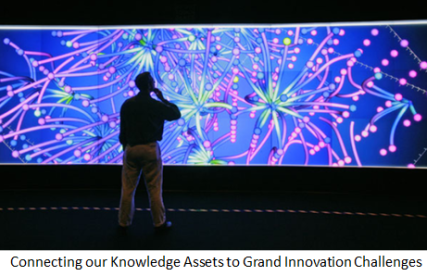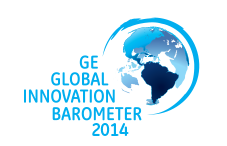
I am presently reading an early release draft of a book written by Mike Docherty of Venture2, on innovation, and I would certainly recommend the read when it comes out.
The book Collective Disruption will be available as of February 2015.
The book as Mike wrote to me, is aimed at corporate leaders, both in large and small companies, charged with new sources of transformative growth and makes the case for co-creating new businesses with entrepreneurial partners.
It builds on a foundation of open innovation, but is focused specifically on new business creation (vs core business support).
I know that Mike is passionate about the intersection of corporate innovation and entrepreneurship for co-creating new businesses and business models. As CEO of Venture2, a consulting and new ventures firm, he works with leading brand companies and start-ups to commercialize breakthrough new products and businesses.
Mike has experienced disruption many times.
Continue reading “Where are the new feeding grounds of innovation?”



